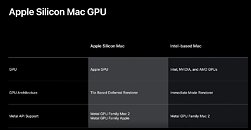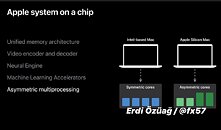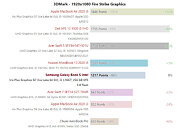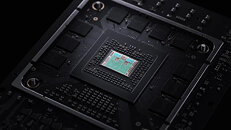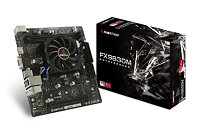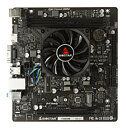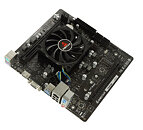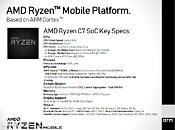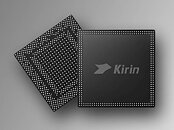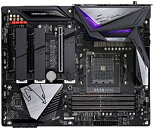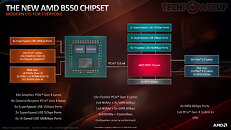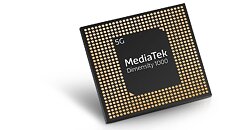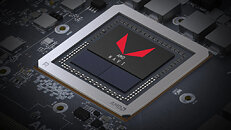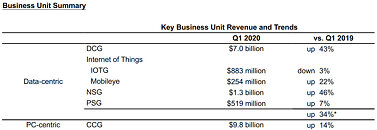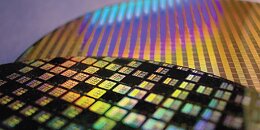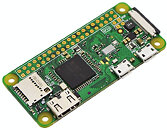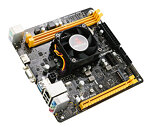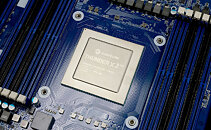
Vulnerabilities in Qualcomm Snapdragon's DSP May Render 1 Billion Android Phones Vulnerable to Hacking
Vulnerabilities in Qualcomm's DSP (Digital Signal Processor) present in the company's Snapdragon SoCs may render more than a billion Android phones susceptible to hacking. According to research reported this week by security firm Check Point, they've found more than 400 vulnerabilities in Snapdragon's DSP, which may allow attackers to monitor locations, listen to nearby audio in real time, and exfiltrate locally-stored photos and videos - besides being able to render the phone completely unresponsive.
The vulnerabilities (CVE-2020-11201, CVE-2020-11202, CVE-2020-11206, CVE-2020-11207, CVE-2020-11208 and CVE-2020-11209) can be exploited simply via a video download or any other content that's rendered by the chip that passes through its DSP. Targets can also be attacked by installing malicious apps that require no permissions at all. Qualcomm has already tackled the issue by stating they have worked to validate the issue, and have already issued mitigations to OEMs, which should be made available via software updates in the future. In the meantime, the company has said they have no evidence any of these flaws is being currently exploited, and advise all Snapdragon platform users to only install apps via trusted locations such as the Play Store.
The vulnerabilities (CVE-2020-11201, CVE-2020-11202, CVE-2020-11206, CVE-2020-11207, CVE-2020-11208 and CVE-2020-11209) can be exploited simply via a video download or any other content that's rendered by the chip that passes through its DSP. Targets can also be attacked by installing malicious apps that require no permissions at all. Qualcomm has already tackled the issue by stating they have worked to validate the issue, and have already issued mitigations to OEMs, which should be made available via software updates in the future. In the meantime, the company has said they have no evidence any of these flaws is being currently exploited, and advise all Snapdragon platform users to only install apps via trusted locations such as the Play Store.



